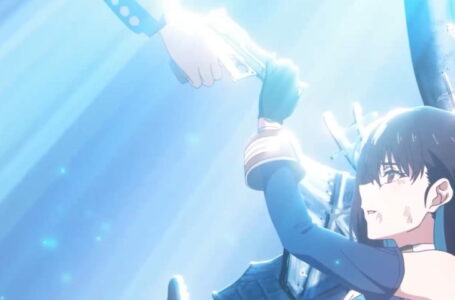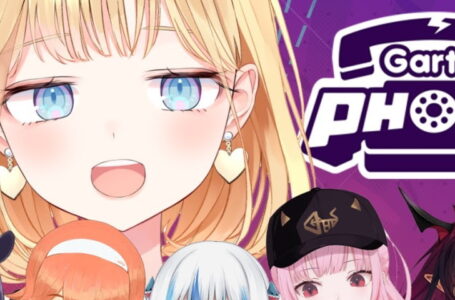Mobile games should move beyond gacha… but they won’t
In a previous life, I worked at an Apple Store — specifically, I worked in an Apple Store around the time the original iPhone launched in 2007. And, lest we forget, the original iPhone launched with a fixed lineup of apps and mobile games — the App Store didn’t come until 2008, nearly a year after the device launched.
When the App Store first launched, it offered two simple options: free apps and mobile games could be downloaded for no charge, and premium apps cost you money up front. Many developers produced “Lite” versions of premium apps that could be downloaded for free — though the downside to this was that there was no means of directly upgrading a “Lite” version to a full version; you had to buy and download the premium version separately.
The upside was that because there was no reason for an individual mobile game to keep people coming back — and to keep paying up — we had a much wider variety of games, and interesting, creative games that you couldn’t get on any other platform got the attention they deserved. I mourn for the days of ngmoco before they discovered the FarmVille formula.
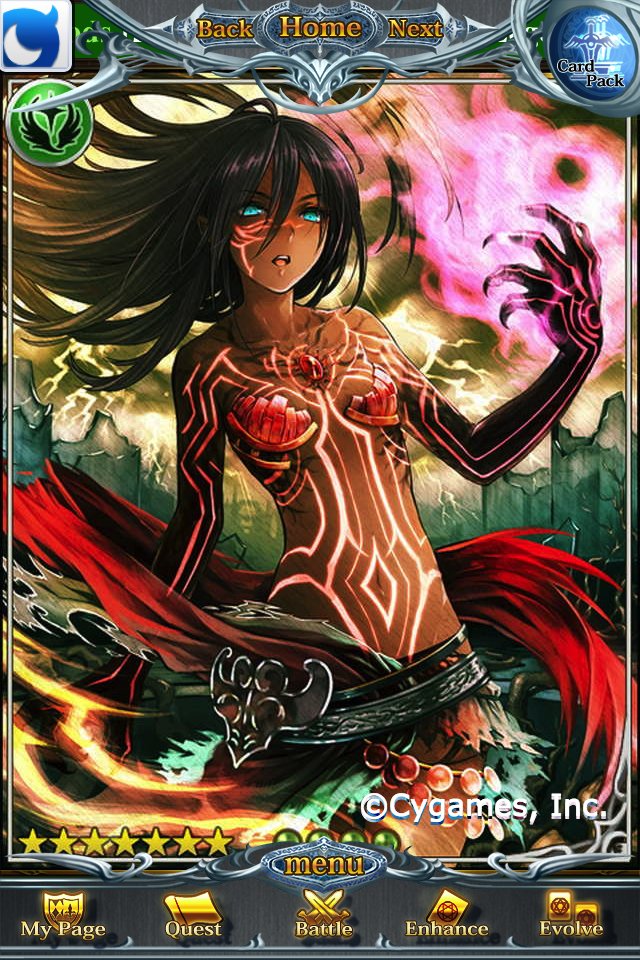
In 2009, everything changed; Apple introduced the ability for developers to include in-app purchases in their apps and mobile games, and the landscape for gaming in particular changed almost overnight. Suddenly the focus shifted from providing experiences that people would want to pay up-front for to experiences that people would want to keep paying for. Mobile games became less about providing solidly designed, self-contained experiences and instead more about chasing metrics more typically associated with social platforms.
In the world of today’s mobile games, one key metric is king: engagement. Keep a player engaged, and they’re more likely to spend money, because they feel personally invested in the experience. After a while, they start feeling obliged to participate in certain things that the game offers — and often that ends up with them opening their wallets.
In gacha-based mobile games, this idea of engagement is built up in numerous ways. Most obviously, it’s through the lineup of characters on offer. Characters are deliberately designed to be visually appealing — and in many cases, sexually attractive. Once characters have been established, many mobile games provide the opportunity for players to acquire additional costumes for them — with several games rather shamelessly playing up the “sex appeal” aspect with bikini, lingerie or otherwise revealing outfits. Popular “shipgirl” mobile game Azur Lane is probably the most notorious for this.
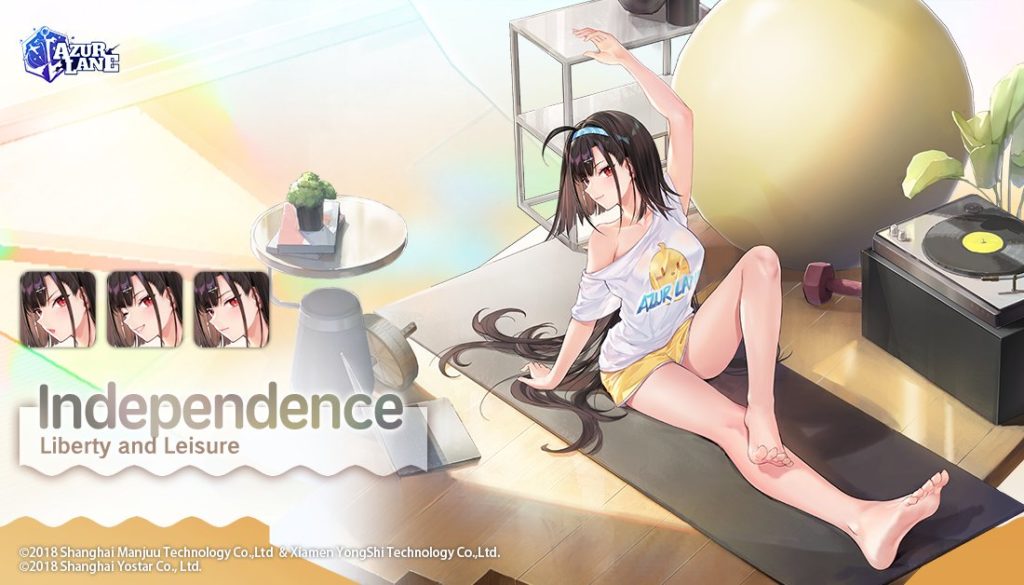
In gacha mobile games, players’ sense of attachment to particular characters is often taken advantage of by “rate up” banners, where particular characters are more likely to appear for a limited period — or in some cases, characters will only appear during that limited period. It’s not at all uncommon to see people on social media saying that they are otherwise bored with a particular game, but they are still logging in to try and “get” a favourite character.
The desire for characters builds engagement in mobile games in another way, too: the fact that playing the game rewards the player with a gradual drip-feed of the currency required to do a potentially lucrative “10-draw” of characters. Players end up feeling obliged to grind their way through uninteresting gameplay purely to acquire premium currency, just for a chance at drawing their favourite character.
The alternative, of course, is paying up — and your average gacha-based mobile game costs £20-£30 for a 10-roll. These days, you can buy several full games on PC or console for that much money — games that don’t expect you to keep paying up after you start playing! And yet there’s an odd sense of misplaced pride among people who pay up for gacha games — spend some time on the gachagaming subreddit, and you’ll almost certainly see people referring to free-to-play (non-paying) players as “irritating” or the like.
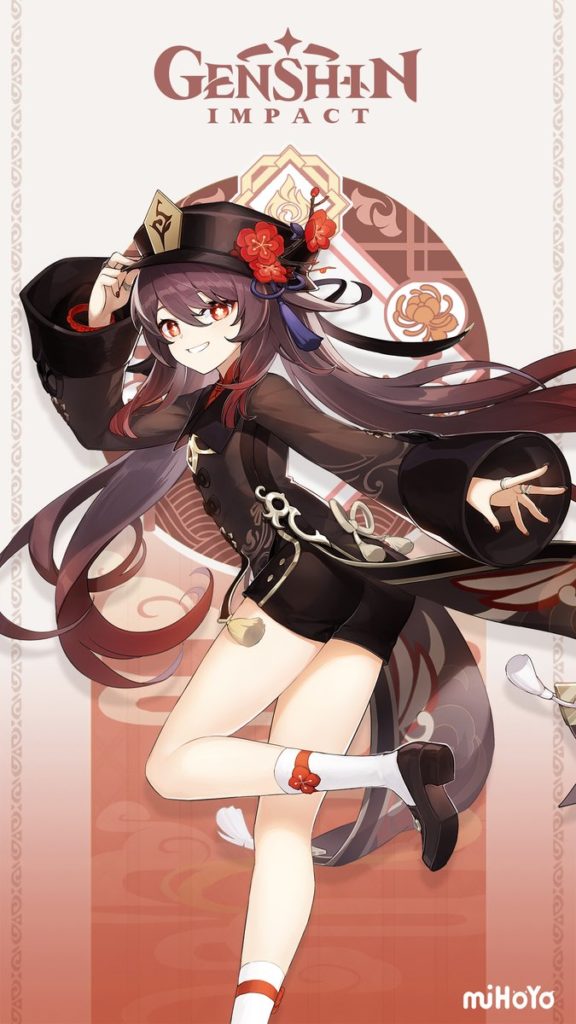
If you look at social media, there are some troubling trends with regard to this side of things, too. While many otaku out there joke talk about the sense of attachment they feel towards their waifus and husbandos from popular media, there’s a growing trend of adolescent Twitter users seemingly posting seriously about “comfort characters” in mobile games such as Genshin Impact. The implication here is that these players “need” these mobile game characters for their own wellbeing — and that they’re willing to go to unreasonable lengths to get them.
In the case of adolescents who might not fully be in control of their own finances, this raises questions about where they’re getting the money from to pay for their 10-rolls in mobile games — or how much time they’re spending playing the games in order to grind out the currency required. There’s also the potential for bullying between groups of players based on which characters someone does or does not have — an unfortunate reality of life on the Internet as a teen in 2021.
Engagement is built in other ways, too, with one of the most common being the use of a daily rewards system. Most mobile games these days feature increasing rewards for each day you log in — with some, such as Fate/Grand Order, even going so far as to specifically reward you for consecutive days played. This creates “fear of missing out”, and makes players feel obliged to log in each day — in many cases, this is also combined with a “daily missions” system that encourages you to participate in each of the mobile game’s main structural elements each and every day, even if you’re not really having fun doing so.
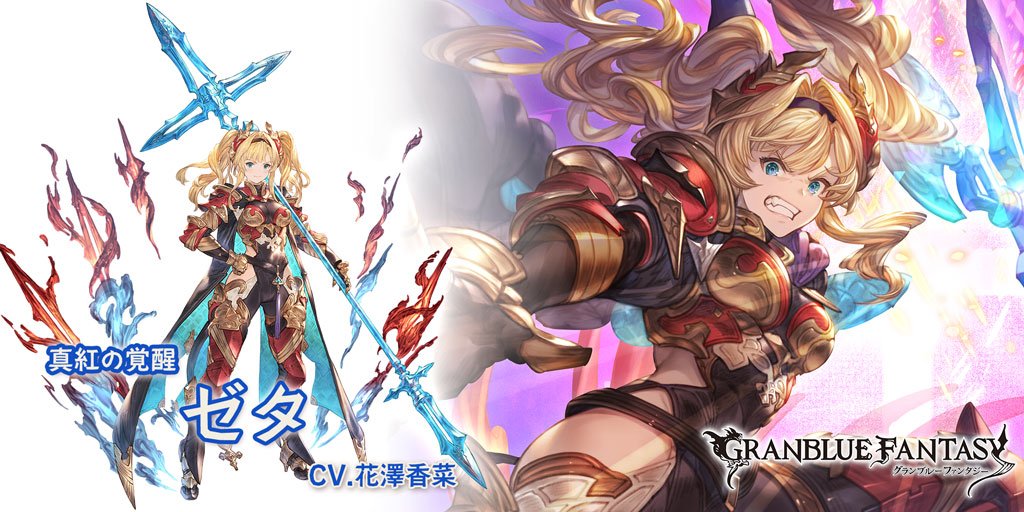
Even the very structure of a lot of mobile games these days is built more around the idea of ongoing engagement than enjoyable gameplay. Pretty much every gacha game out there requires you to grind for materials or currency in order to upgrade characters, get new weapons, acquire new items or unlock new content; it’s rarely actually fun, but that “fear of missing out” is always there — particularly when there’s social media connectivity involved.
The upshot of all this is that starting up your favourite mobile game these days often feels less like starting up a game and more like logging into an ad-filled social media platform that is constantly trying to sell you things. And the developers and publishers of these games are well aware of what they’re doing; the concept of “fun pain”, as coined by social game developer Zynga, has been around since the early 2010s; this refers to the deliberate creation of inconvenience and annoyance in mobile games and social games in order to push players in the direction of premium, paid-for options in order to relieve that “pain”.
Last night, I downloaded a mobile game from Com2uS called Birdie Crush, which looked and sounded like a lot of fun — it’s a free-to-play golf game. But I was put off from exploring it further by the fact that after I finished the obligatory boring, patronising tutorial, I was bombarded by screen after screen of special offers, event notifications and, yes, daily login bonuses. I just wanted to play golf with cute girls, and the game seemed oddly resistant to allowing me to get back into that before it had yelled at me for a few minutes.
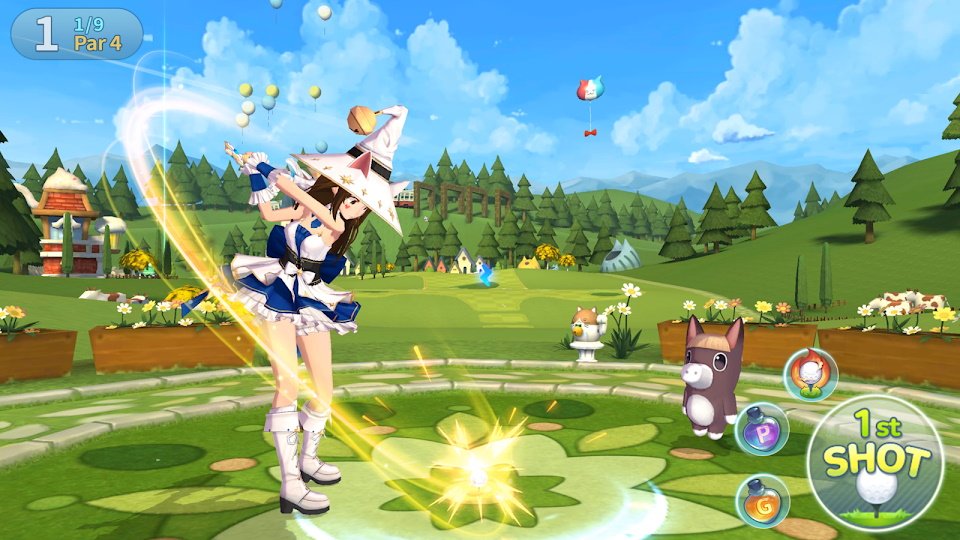
Even once I got into the actual game side of things, though, I was still showered with upgrade materials, multiple types of currency and loot that I was clearly required to gather in massive quantities in order to make any sort of meaningful progress. It made me feel less like I was playing a game based on skill — which is what I expect from a golf game in particular — and more like all I needed to do was upgrade my equipment to such a degree that every challenge became trivial.
And then, of course, there was the gacha — why develop my skills when I can just do a 10-roll for clubs and potentially get some sort of nuclear-tipped driver that can launch the ball into another dimension with the slightest tap?
I’m not averse to the idea of a free-to-play mobile golf game. I’d play a free-to-play golf game that maybe gave you a single character and course up front, then charged you for additional courses and characters — and perhaps cosmetic items for those characters. But that will never happen, because that sort of structure provides a hard cap on potential customer spending. Gacha, meanwhile, provides the possibility that engaged players will continue to spend into perpetuity — and good lord, they do; these games make enormous amounts of money.
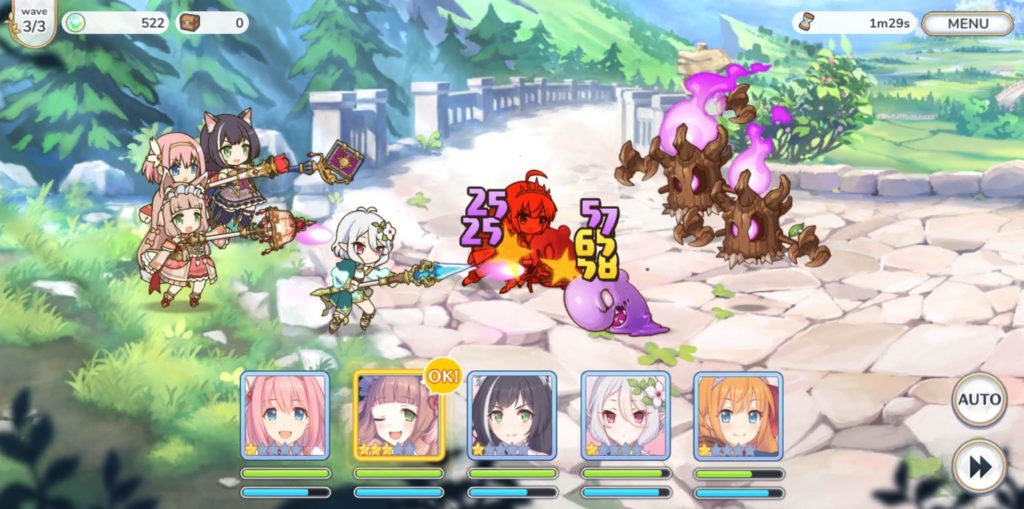
Make no mistake, gacha mobile games have certainly improved over time. Granblue Fantasy developer Cygames’ first title Rage of Bahamut was little more than a mobile-optimised web page you tapped on repeatedly until your in-game energy expired, with very little in the way of actual interaction or strategy required — it’s games like this that led to the joke that many gacha mobile games see people “paying money for JPGs”, because it literally was the case in that game. Compare the tedium of that title to the high production values of something like Princess Connect! Re:Dive and it’s clear that things have moved on.
At least, they have in terms of presentation; in terms of gameplay, although we’re interacting with the game mechanics a bit more in modern gacha mobile games, we’re still essentially doing the same thing in all of them. Draw characters, upgrade characters, progress through story, grind for materials, repeat. This is the case whether you’re playing an RPG-style gacha mobile game like Granblue Fantasy, a shoot ’em up-style gacha mobile game like Azur Lane — or indeed a golf-style gacha mobile game like Birdie Crush.
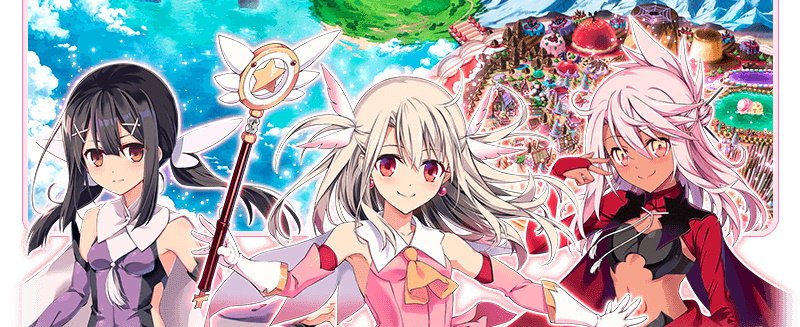
Besides being transparently manipulative and more focused on making money than providing enjoyable gameplay, these games are just boring now; with every new one that launches, you know exactly how things are going to unfold, from the tedious and restrictive tutorial to the progression mechanics.
Unfortunately, there’s seemingly little to no incentive for anyone to innovate in the field, because the most successful titles of this type are so astronomically successful. And everyone wants a piece of that pie — even if there are far more gacha mobile games that fail than there are success stories.
Until someone has the guts to do something a bit different, though, I guess my best bet for golf with cute girls is still going to be Mario Golf — which, conveniently, has a new installment on the way. Daisy looks great in her golf gear, after all…
Join The Discussion
Rice Digital Discord
Rice Digital Twitter
Rice Digital Facebook
Or write us a letter for the Rice Digital Friday Letters Page by clicking here!
Disclosure: Some links in this article may be affiliate links, which means we may earn a small commission if you make a purchase after clicking on them. This is at no additional cost to you and helps support Rice Digital!
- Letter from the Editor: passing the torch - June 30, 2023
- Super Woden GP 2 is looking promising - June 30, 2023
- Inti Creates is making a 32 bit-style Love Live action platformer - June 26, 2023




